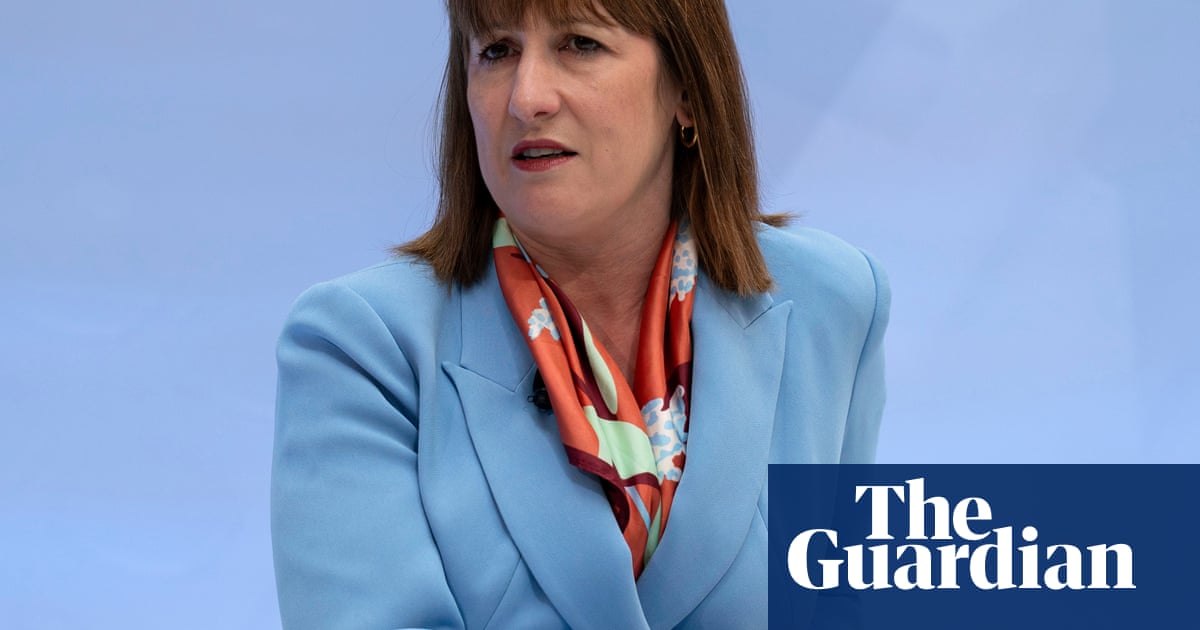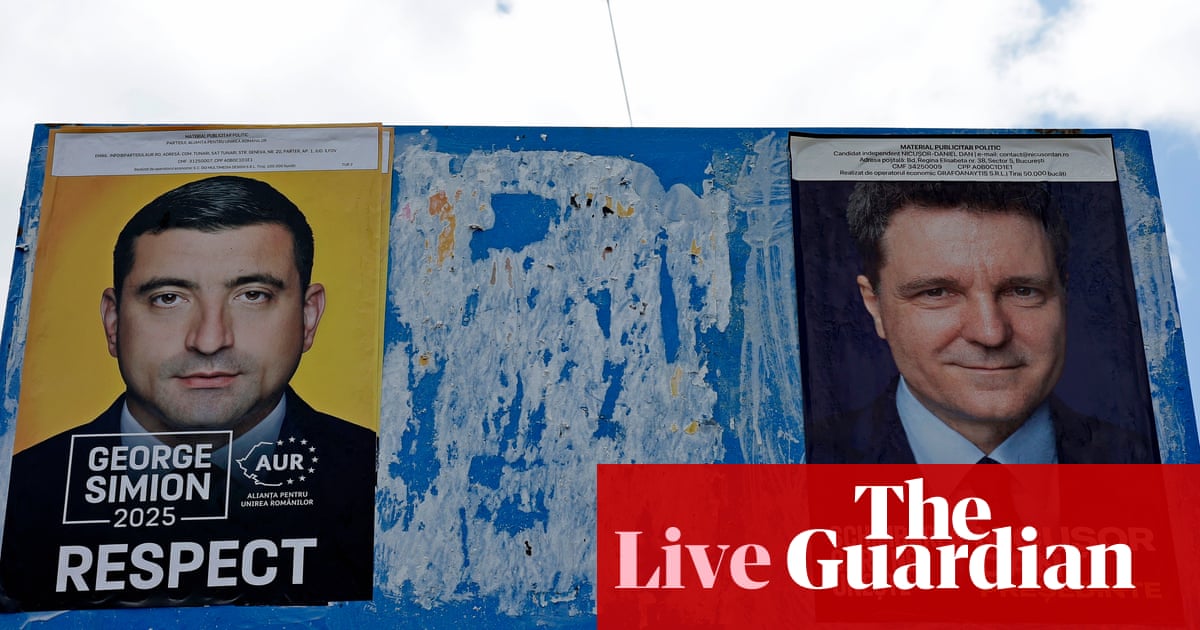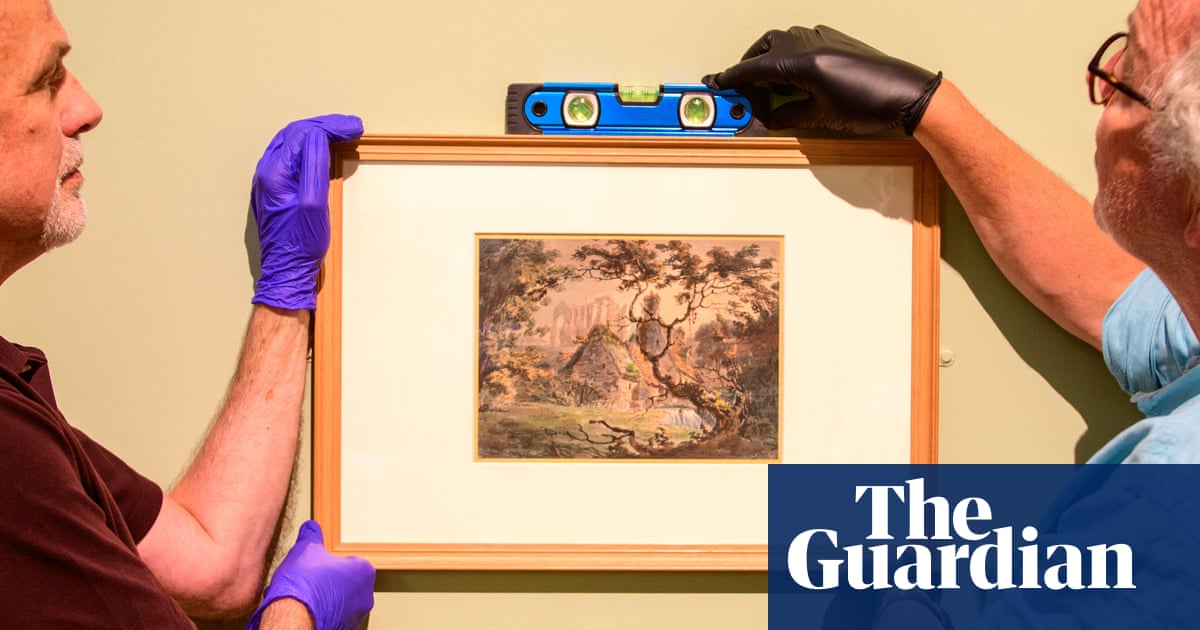We were dismayed to read Joseph Harker’s article (Opposing LTNs doesn’t make you a ‘culture war’ petrol-head. Just look at what happened in Lambeth, 14 May). We are a group of Lambeth residents campaigning for safer, healthier streets for everyone in our borough.
Harker’s arguments simply don’t fit with either the benefits of low-traffic neighbourhoods that we see every day, or with the increasing body of evidence that they improve people’s lives.
Rather than simply shuffling traffic between side roads and main roads, as Harker asserts, low‑traffic neighbourhoods in Lambeth and elsewhere lead to significant overall drops across the whole area.
Councils implementing LTNs have rightly studied their impacts on boundary roads particularly closely, and a comprehensive review of LTN evaluations found that the average change in traffic on boundary roads is negligible; and there’s reason to believe that this may become more favourable over time, as behaviour patterns change. Moreover, evidence shows that collisions and injuries are also reduced significantly within low-traffic neighbourhoods, and do not increase on surrounding roads.
Tired tropes about roads being “cut off” are demonstrably untrue – every road within an LTN is accessible by motor vehicle. It’s rat‑running which is prevented.
Nor is there evidence that low-traffic neighbourhoods increase pollution. On the contrary, separate studies using varying methodologies have found evidence that overall levels of car use and/or car ownership fall among LTN residents. This includes evidence from Lambeth.
Harker’s article also fails to mention the other low-traffic neighbourhoods in Lambeth such as Railton Road, Brixton Hill, and Oval – all of which have created safer, healthier neighbourhoods without causing issues on boundary roads – let alone the many other successful examples of LTNs and other traffic calming measures across London and Europe.
Jon Bromwich and Heather Glass
Lambeth Living Streets
Thank you, Joseph Harker, for highlighting how Lambeth council has “ignored petitions and public protests in a desire to claim a green identity in the absence of any other notable achievement”.
Residents on Kennington Park estate at the Oval, Lambeth, are being held prisoner by the imposition of a low-traffic neighbourhood called Kennington Oval Reimagined. For two hours a day, many of us are not allowed deliveries or taxis, plumbers or health visitors. Previously quiet streets on the periphery of the estate are rammed with large supermarket and construction lorries. And the supposedly traffic-free roads, filled with overgrown planters and uncollected rubbish, are a magnet for speeding ebikers who endanger pedestrians and children.
I want clean air and a healthy neighbourhood. The council’s continuing expansion of LTNs is having the opposite effect and is increasingly unpopular.
Joan Twelves
Former leader, Lambeth council; chair, Kennington Park estate tenants’ and residents’ association
Re Joseph Harker’s article, the trouble is that, to reframe an argument from Brexit, while not all opponents of low-traffic neighbourhoods are culture war petrol-heads, surely all culture war petrol-heads are vigorously opposed to LTNs.
The high court decision against Lambeth council has unsurprisingly been greeted gleefully by the rightwing press and its more extreme online counterparts as signalling the end of LTNs. And it will doubtless only make it harder for local authorities to transition to streets that are cleaner, greener, friendlier to pedestrians and, yes, that encourage children to ride their bikes to school.
Clearly, efforts to improve people’s quality of life by cutting vehicle use in towns and cities need to be introduced sensitively and sensibly. But court rulings that limit councils’ abilities to make the – already difficult to implement – changes that are needed if residents are to experience less pollution, fewer accidents and a calmer street life aren’t helping the cause.
Graham Clews
Lewes, East Sussex
In the social media-driven, polarised world we now live in, how refreshing to read Joseph Harker’s balanced and sympathetic article about the challenges that people with legitimate concerns about low-traffic neighbourhoods have faced for the past five years.
Many, if not most, of us who have campaigned against LTNs have done so not because we want to drive our cars wherever and whenever we want or because we hate cyclists, but because we can’t support the social and environmental injustice of pushing traffic from our roads on to already congested and more polluted “boundary roads” where typically people on lower incomes live.
We can’t abide the discrimination against disabled and elderly car-dependent neighbours who are forced to travel miles further to get anywhere, and we are appalled at the damage to jobs and livelihoods that road closures have on small shops and businesses. But whenever we suggest better and fairer ways of discouraging car use, we are not listened to. Only the council knows what works, we are told. Only our councillors know what’s best for us.
As one of the 15 community groups who joined forces in January to lobby the government to ensure that councils cannot impose LTNs without the consent of local people, we are heartened to know that there are columnists on the Guardian, like Joseph Harker, who understand residents’ genuine concerns and support our right to be heard. Thank you.
Richard Aldwinckle
Co-founder, One Dulwich

 6 hours ago
8
6 hours ago
8

















































